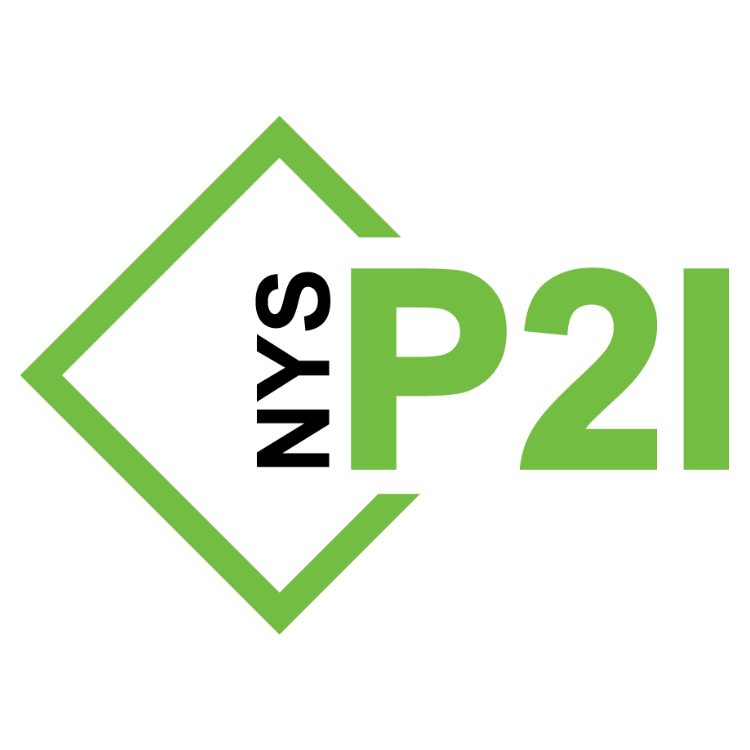Circular Economy for Small Business
Make a Donation
Become A Member
Educating entrepreneurs about the circular economy and providing them with resources to minimize their environmental impact while succeeding economically. The WNY Sustainable Business Roundtable partnered with IC Success to develop and deliver the programming. Funding was provided by the New York State Pollution Prevention Institute (NYSP2I).
Project Goal & Objectives
This program enhanced WNY-area entrepreneurs’ understanding of the circular economy, educated them about pollution prevention strategies, and equiped them with the tools and resources needed to implement those strategies into their business model.
- Two educational programming events focused on principles of a circular economy for small businesses, an introduction to life cycle analysis (LCA), and strategies for implementing a circular economy business model.
- Educational materials for entrepreneurs to use during and after the program to understand and identify sources of pollution within their business, optimize their contribution to the circular economy, understand the LCAs most material to their business, and implement sucessful and sustainable operational strategies.
- Completed a barrier analysis to understand the unique barriers faces by small businesses, particularly historically underserved early-state entrepreneurs.
Project Results
CIRCULAR ECONOMY BASICS FOR SMALL BUSINESSES
BEST PRACTICES FOR SMALL BUSINESSES
INDUSTRY SPECIFIC CIRCULAR ECONOMY PRACTICES
GETTING STARTED WITH THE CIRCULAR ECONOMY – WORKSHEET
CIRCULAR ECONOMY ACTION STRATEGY – WORKSHEET
Funding & Partners
Funding

Partners

Funding provided by the Environmental Protection Fund as administered by the New York State Department of Environmental Conservation. Any opinions, findings, and/or interpretations of data contained herein are the responsibility of the author(s) and do not necessarily represent the opinions, interpretations or policy of Rochester Institute of Technology and its NYS Pollution Prevention Institute or the State.
